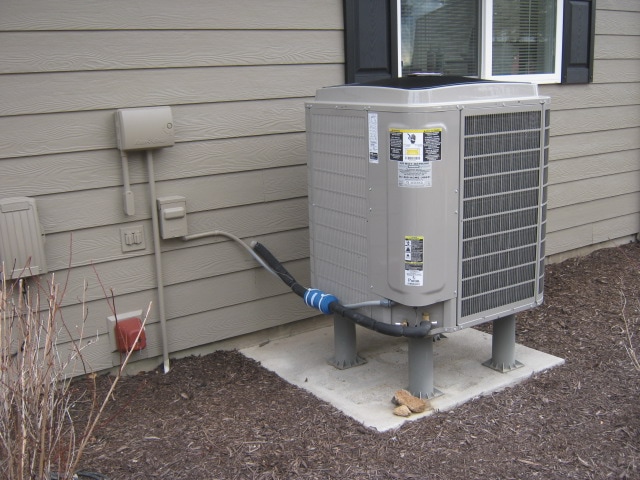Air quality, weather, and climate are closely linked to our health status. As these interdependencies become more apparent, health professionals are increasingly relying on weather and climate services to help anticipate and manage health risks associated with poor air quality. Over the past century, poor air quality has become a critical environmental, economic, and health issue worldwide as industrial growth and economic development have dramatically increased pollutants in the atmosphere.
Nitrogen oxides, ozone, volatile organic compounds (VOCs), sulfur dioxide, and particulate matter are accumulating in our atmosphere due in part to inefficient transportation, energy production and use, and the industrial sector. Chemical elements and pollutants released into the atmosphere undergo chemical transformations and are dispersed over huge areas depending on climate and weather.
Air quality can also be reduced if natural contaminants are present, especially aeroallergens such as pollen and molds, but also smoke from fires or airborne sand and dust particles. Finally, personal behaviors such as exposure to tobacco smoke or the use of solid fuels in closed environments also play a role. When inhaled, these contaminants penetrate deep into the respiratory system and cause multiple harmful biological reactions. This is why air pollution is the most serious environmental health risk today.

Air quality and health
In recent months, the World Health Organization (WHO) has published disturbing figures on the impact of ambient air quality (i.e. the air that surrounds us outside buildings) on health. An assessment of reported illnesses worldwide indicates that 3.7 million premature deaths, or 6.7% of reported illnesses, can be attributed to ambient particulate air pollution each year, making it one of the most important health risk factors worldwide.
An additional 152,000 premature deaths can be attributed to ozone exposure. Of these deaths, 40% are caused by cardiac ischemia, 40% by stroke, 11% by chronic obstructive pulmonary disease, 6% by lung cancer, and 3% by acute lower respiratory tract infections in children. Furthermore, the figure below shows that ambient air-related diseases disproportionately affect people in middle- and low-income countries: 88% of the 3.7 million premature deaths occur in these countries, particularly in the Western Pacific and South-East Asian regions as defined by WHO.
Short-term exposure to air pollutants can result in a number of serious health effects, and these effects may require urgent medical attention, especially after pollution peaks such as fires, dust or sand storms, or smog in urban areas during heat waves according to Entrepreneurs Break. However, long-term exposure to high levels of air pollution can have even more severe health effects than short, intensive exposure. Fine particles, ozone, carbon monoxide, nitrogen or sulfur dioxide, or aeroallergens are the most dangerous air contaminants to health.
